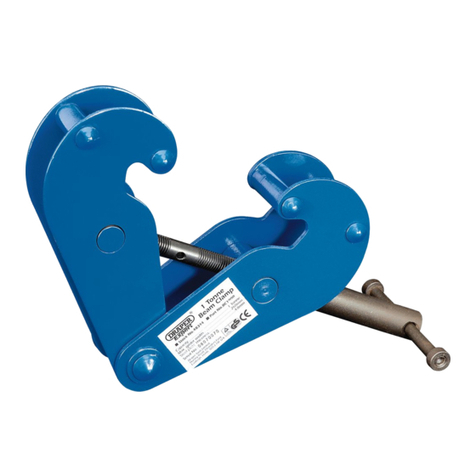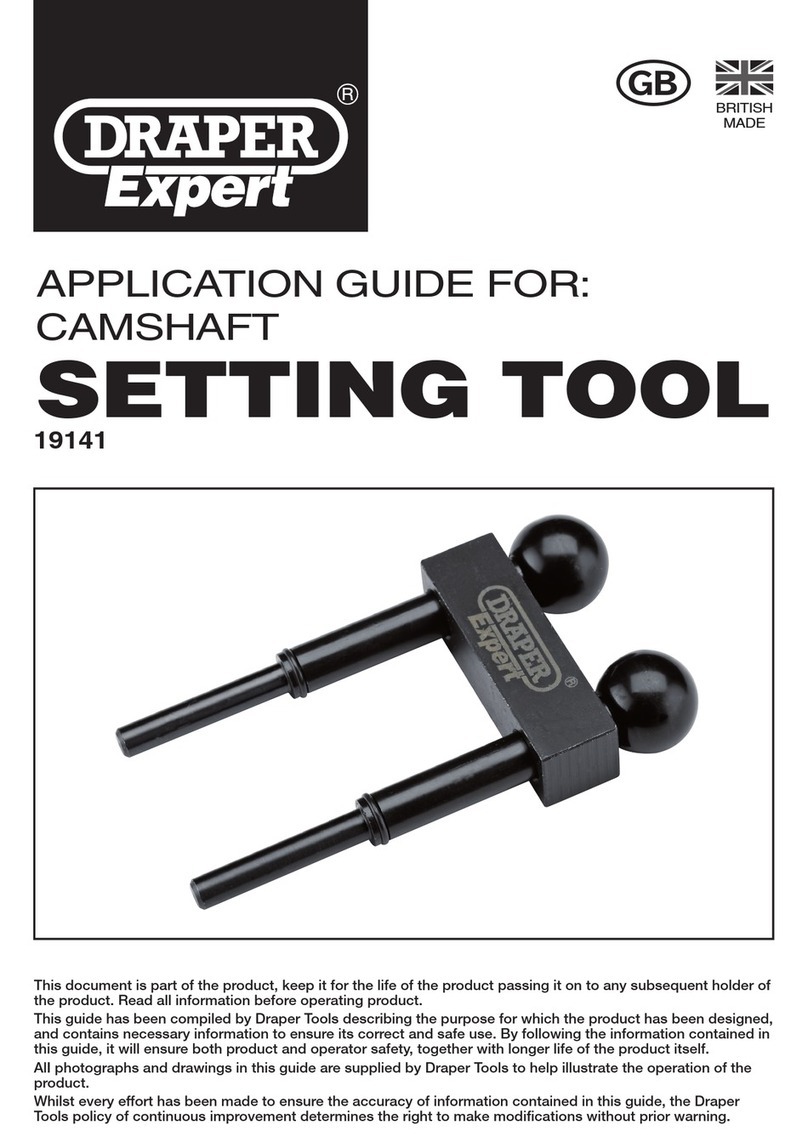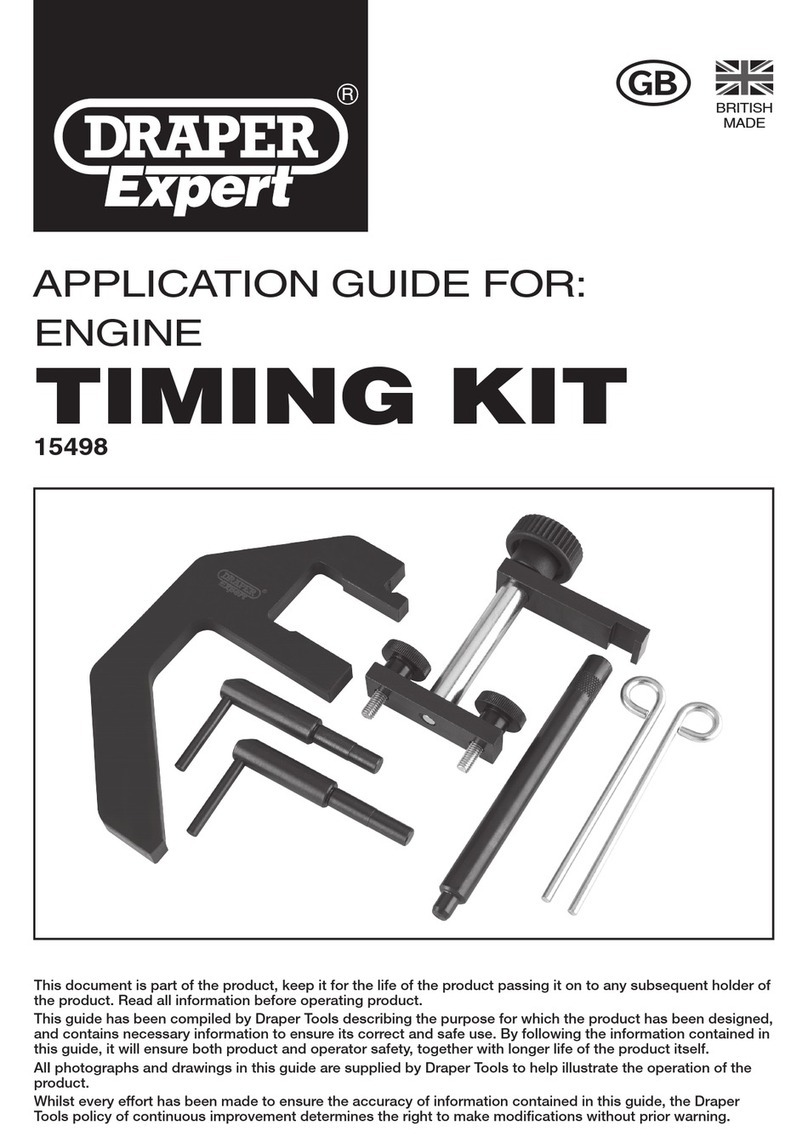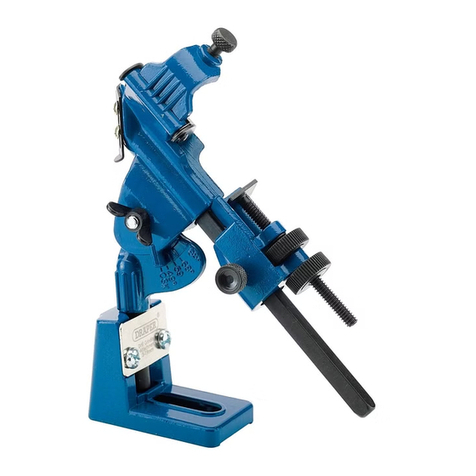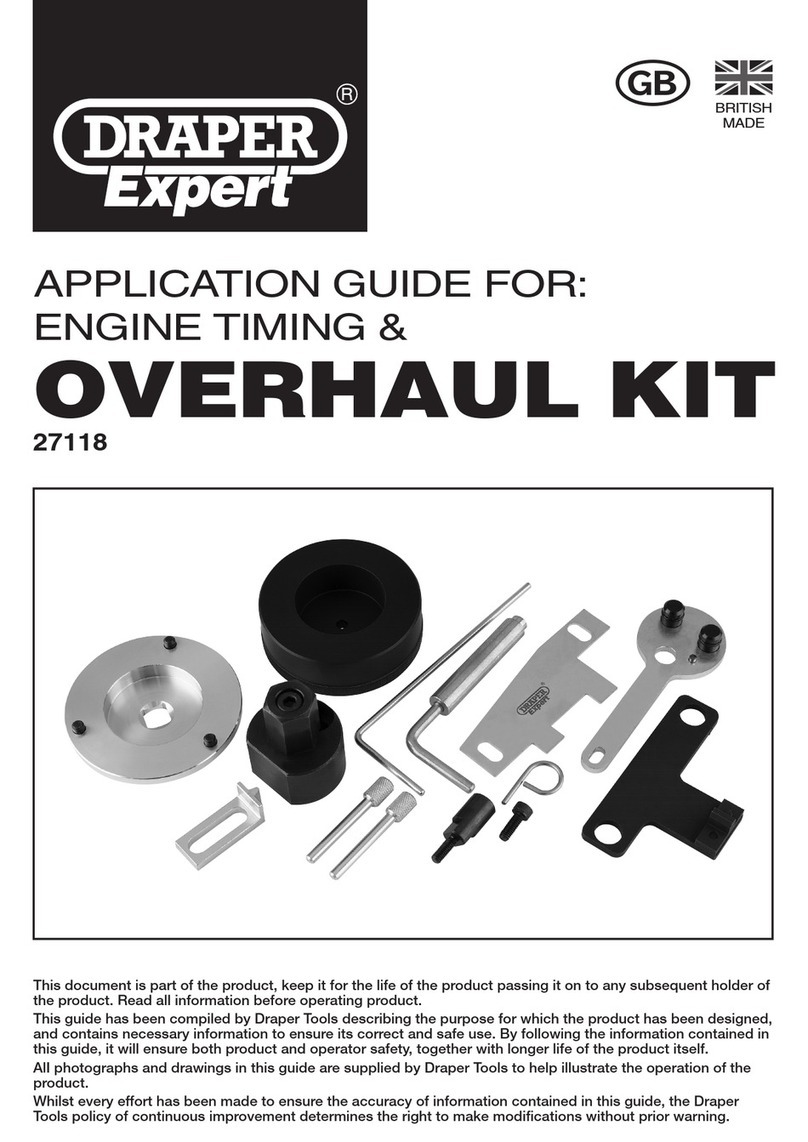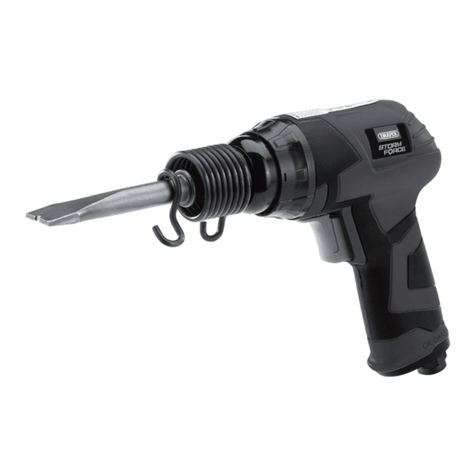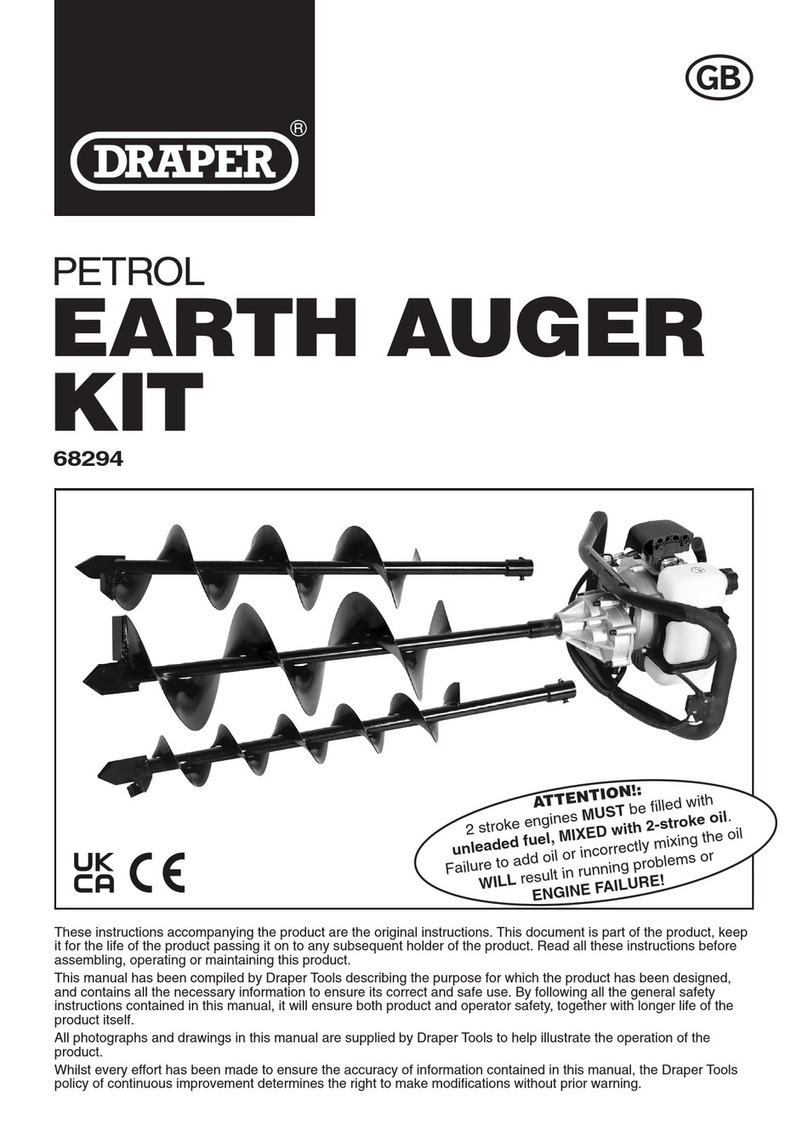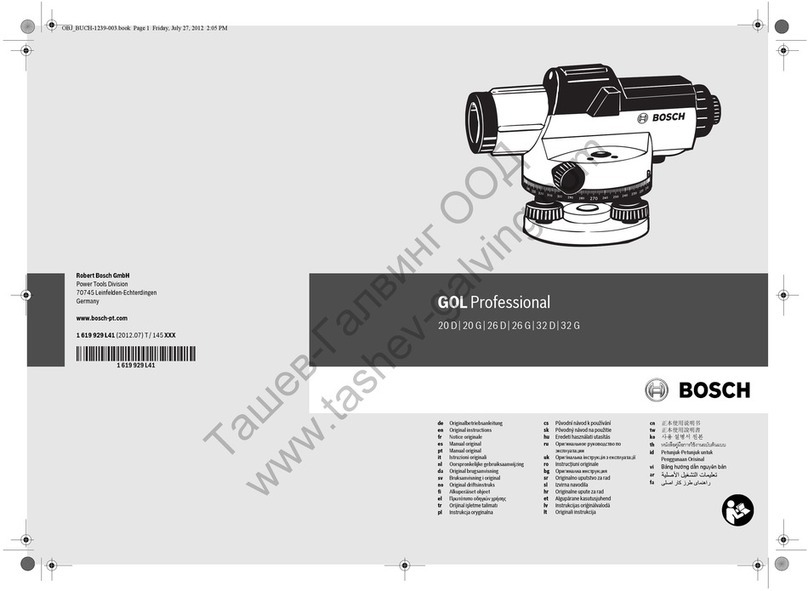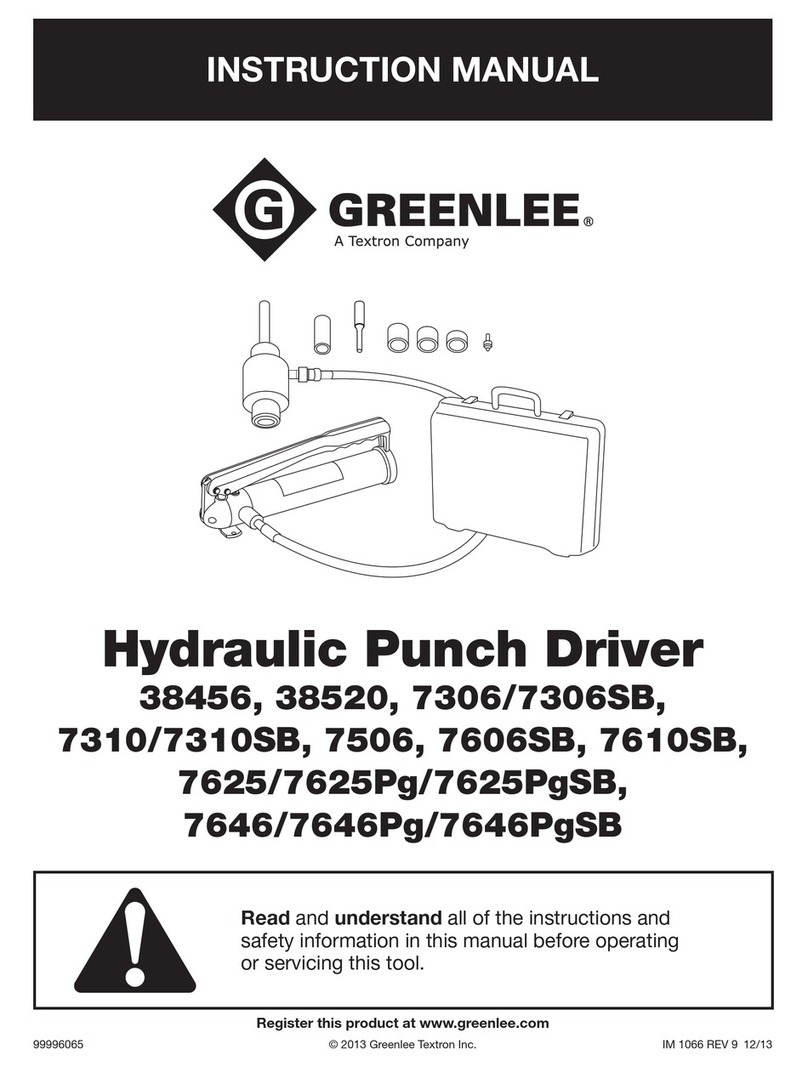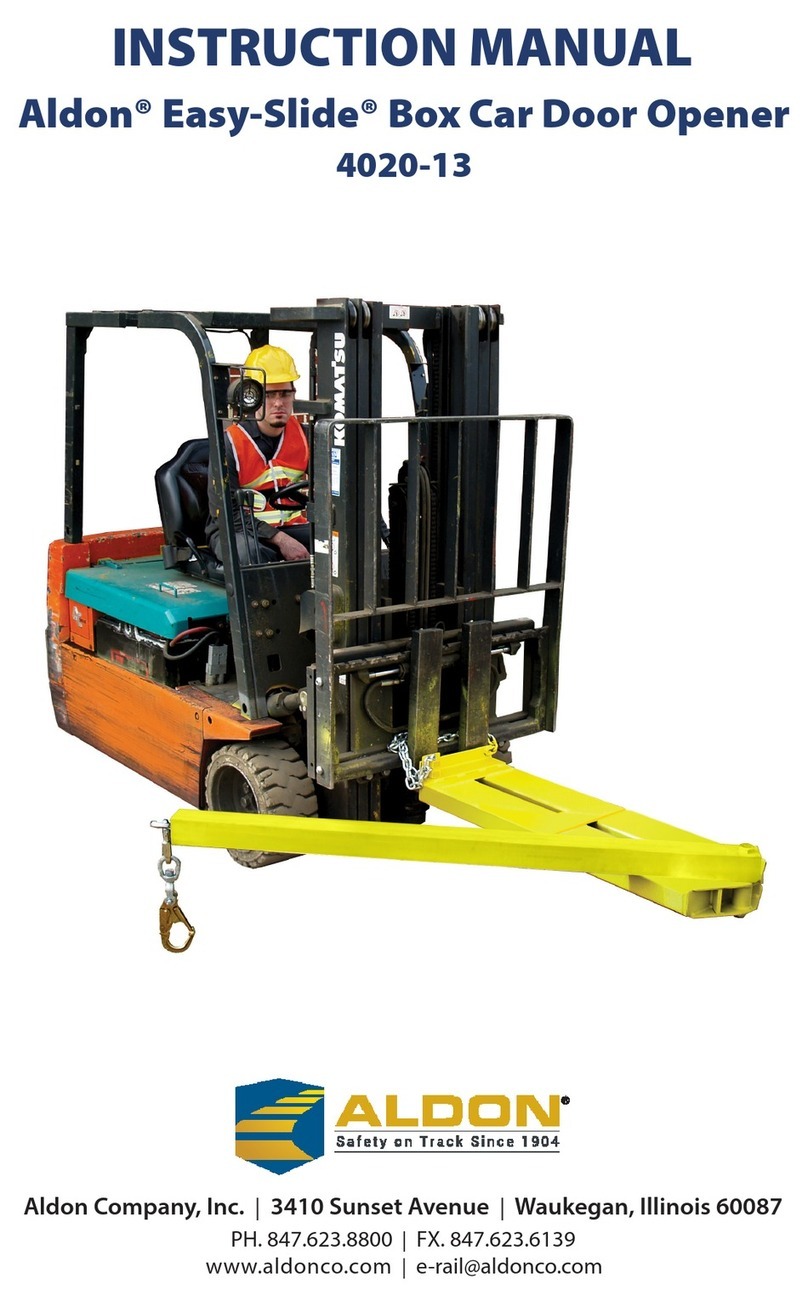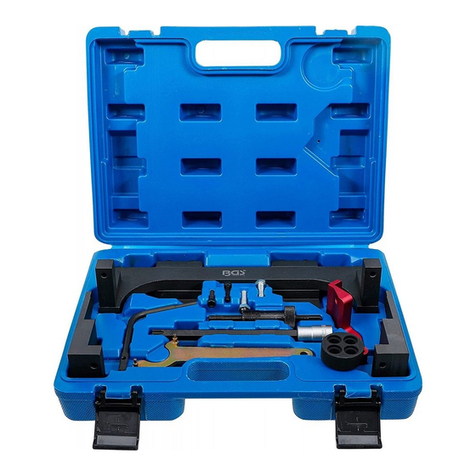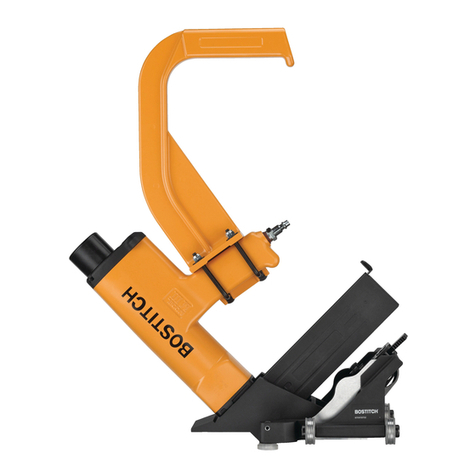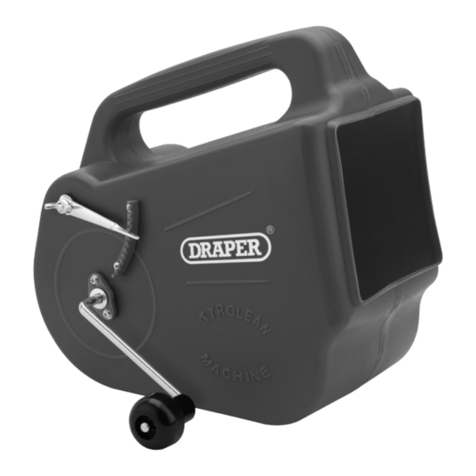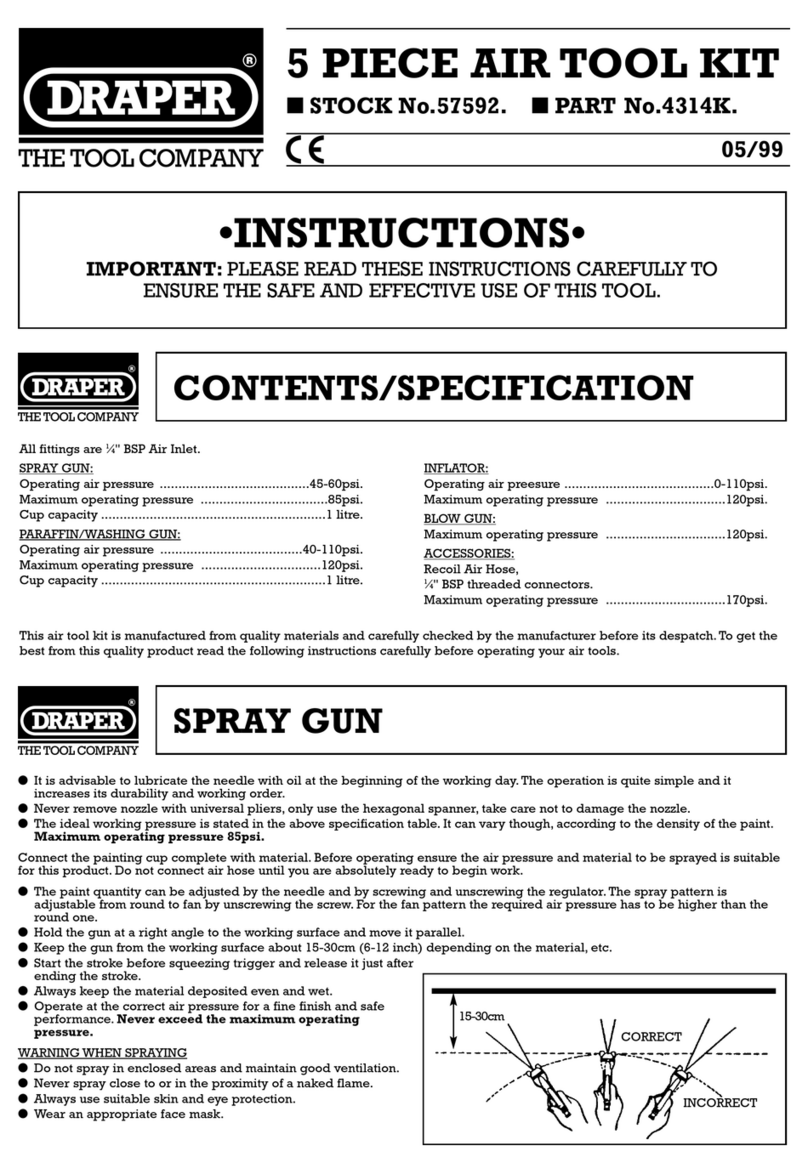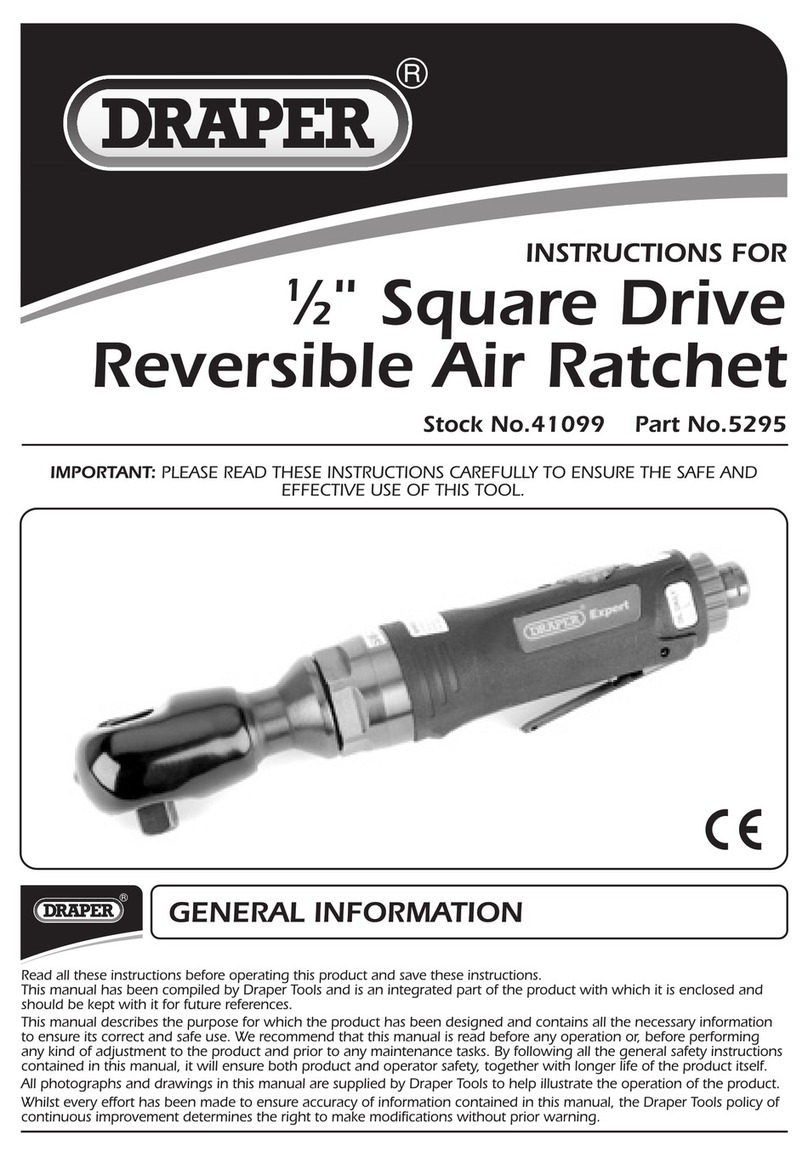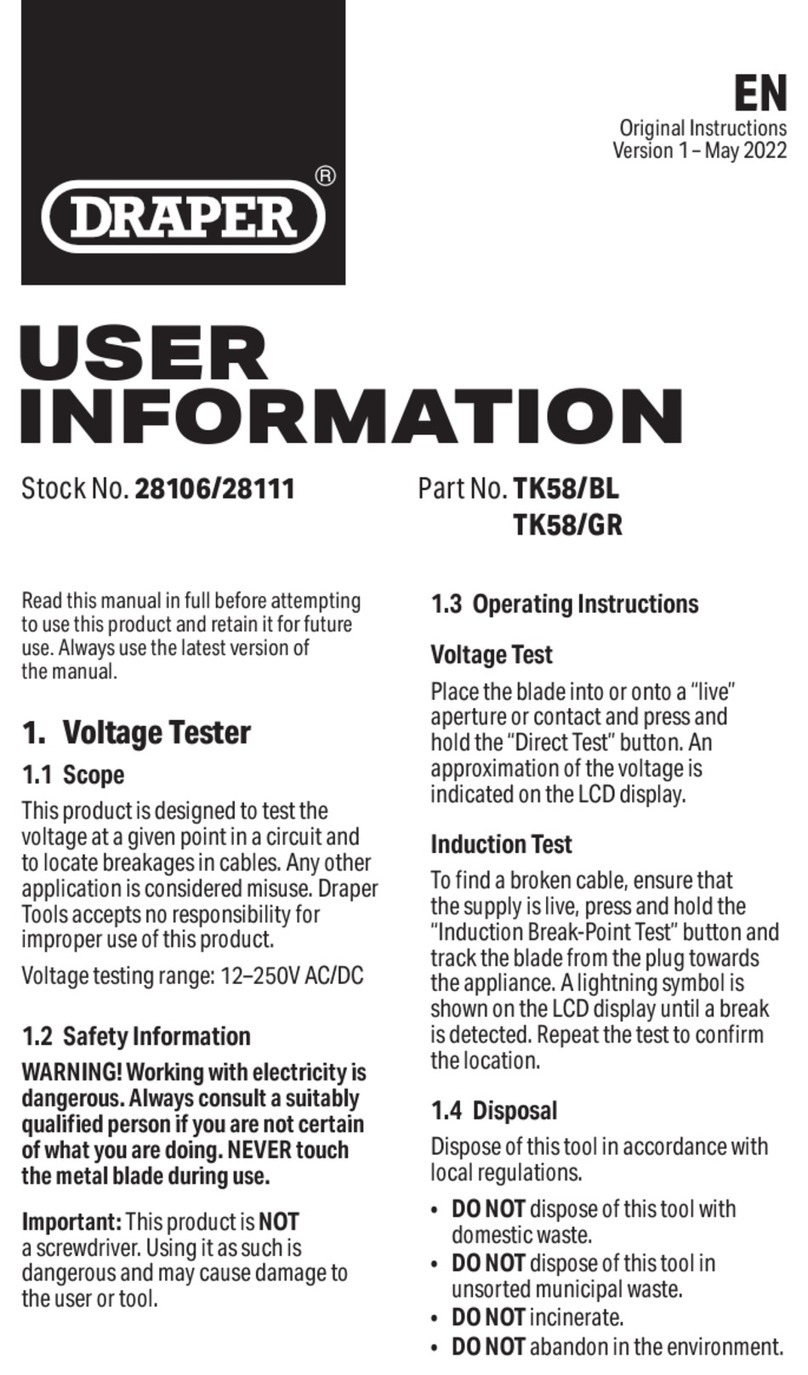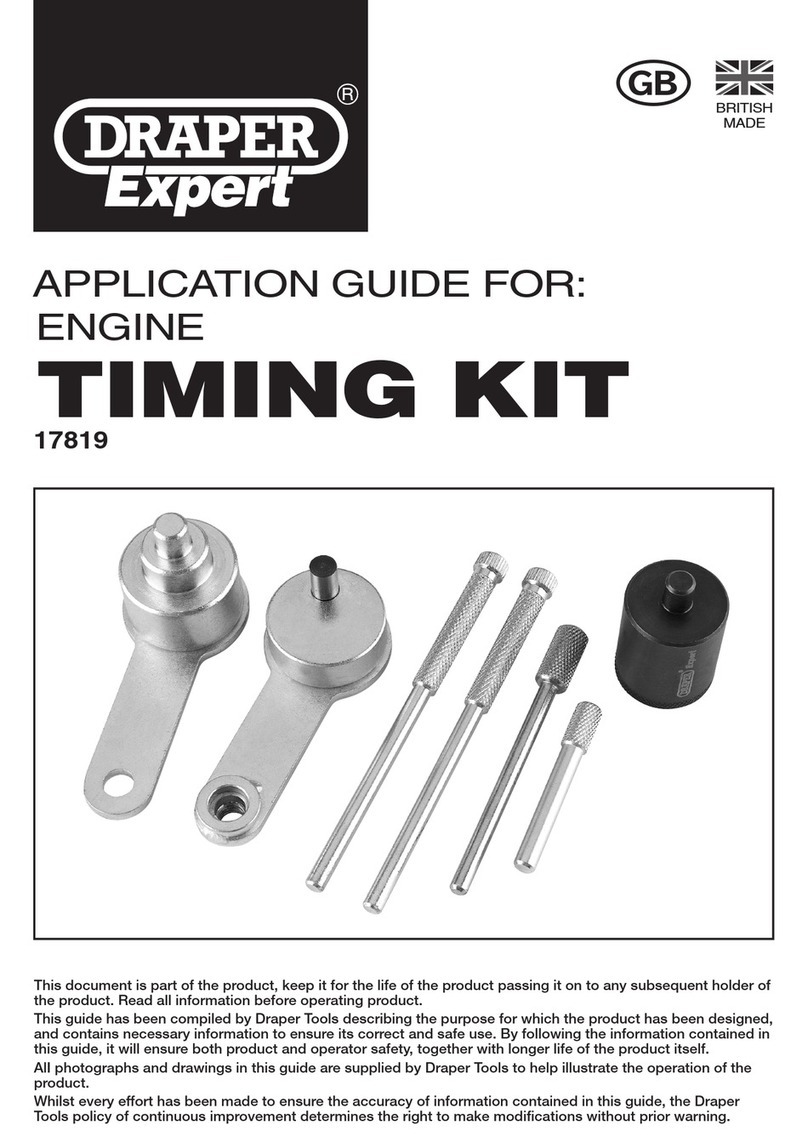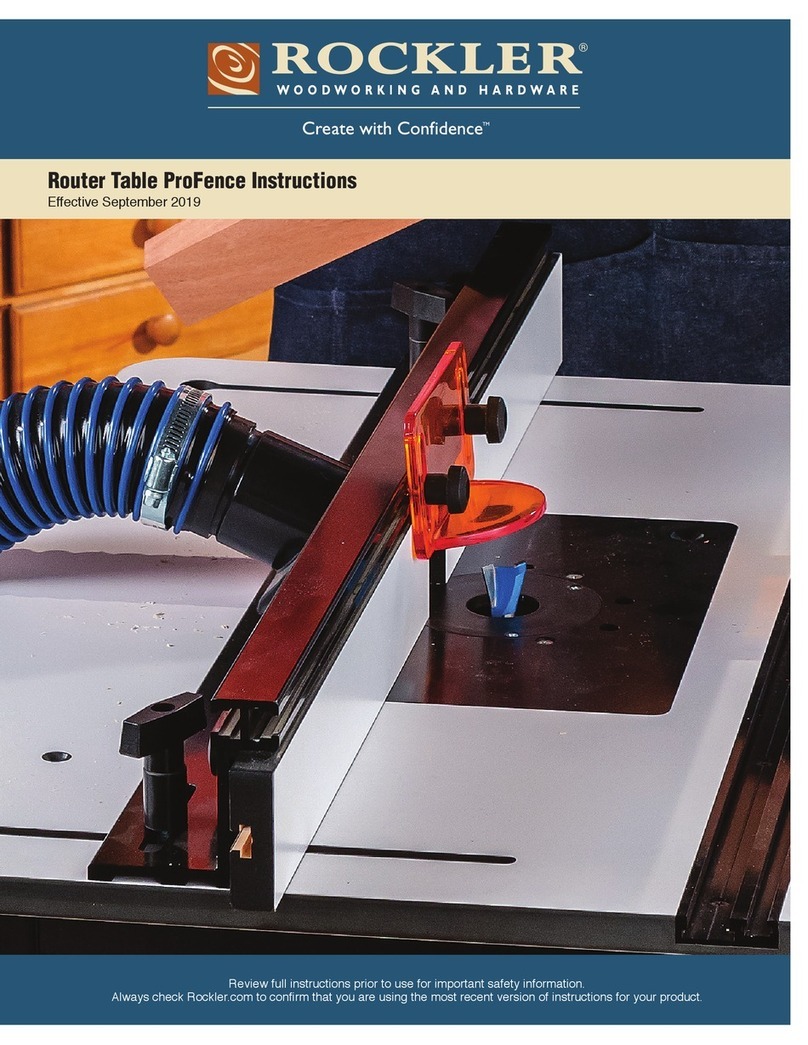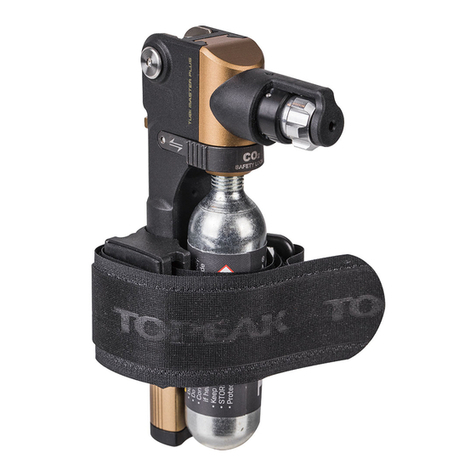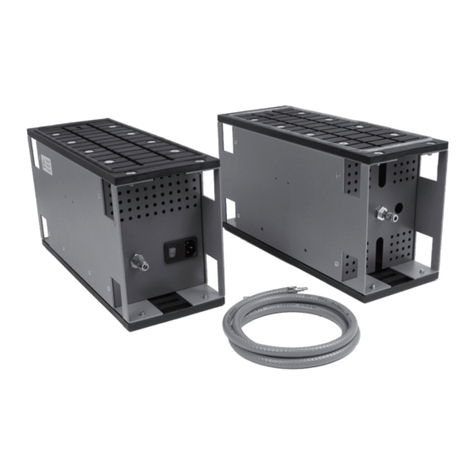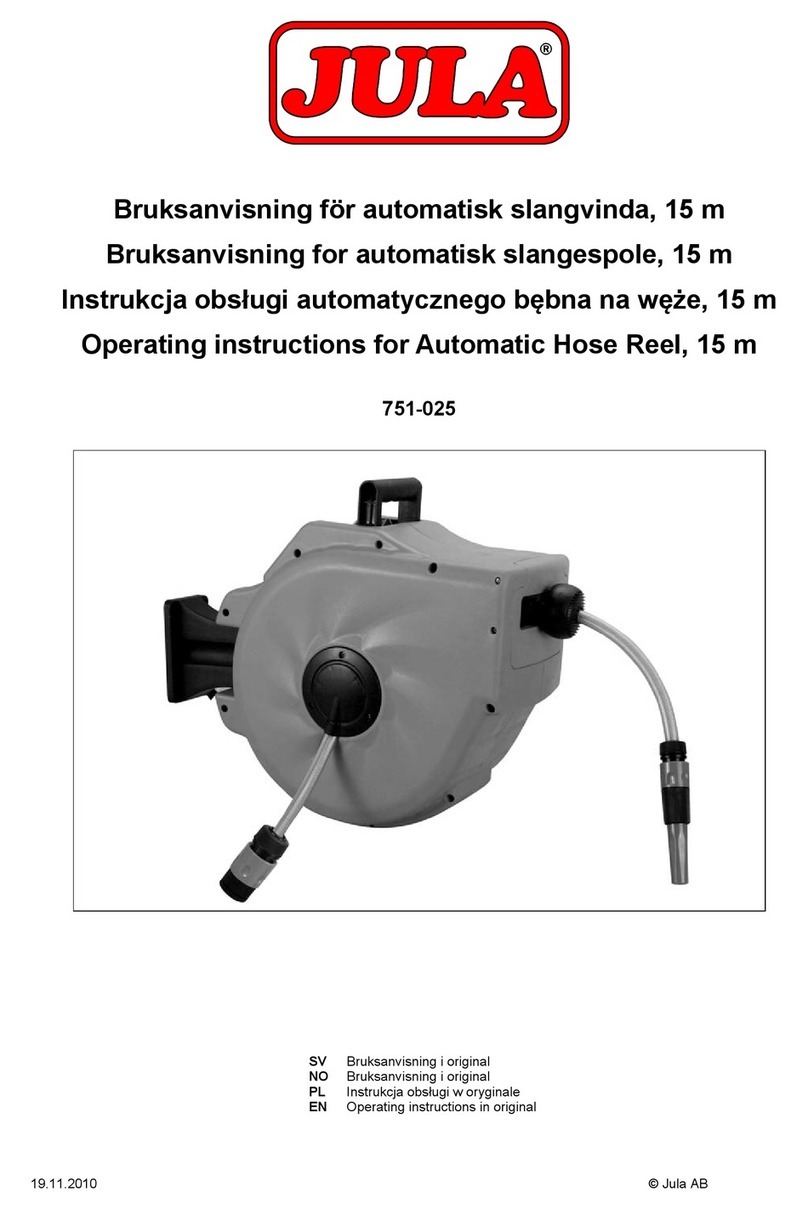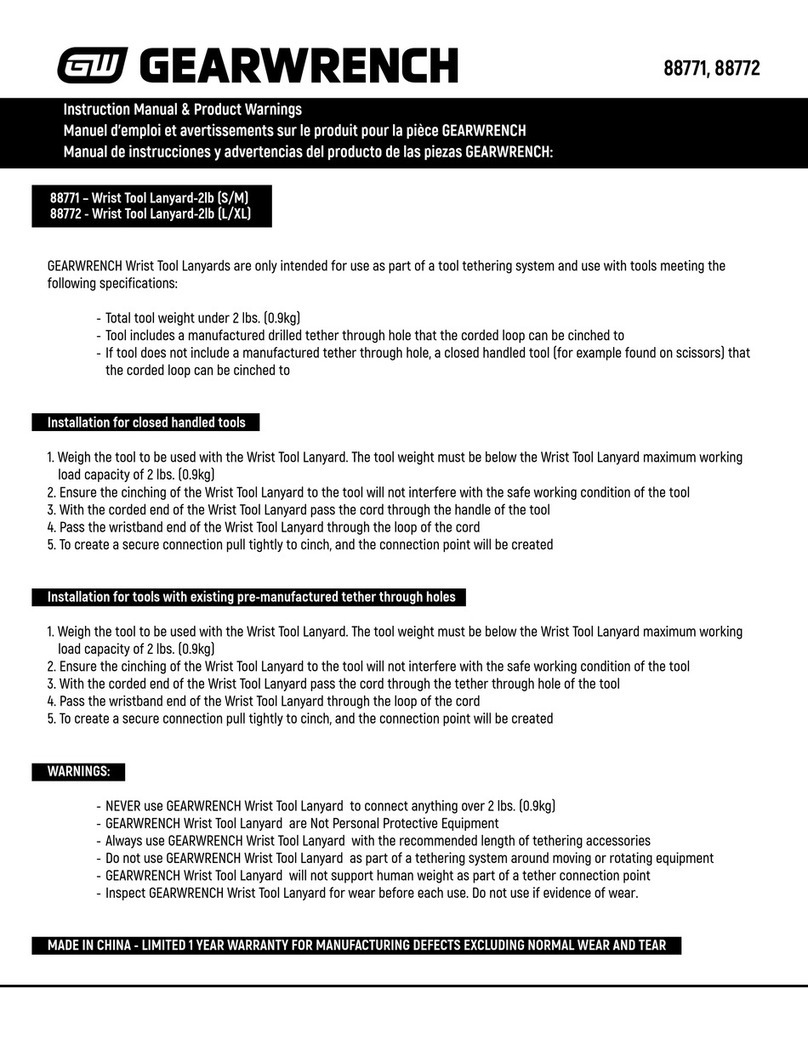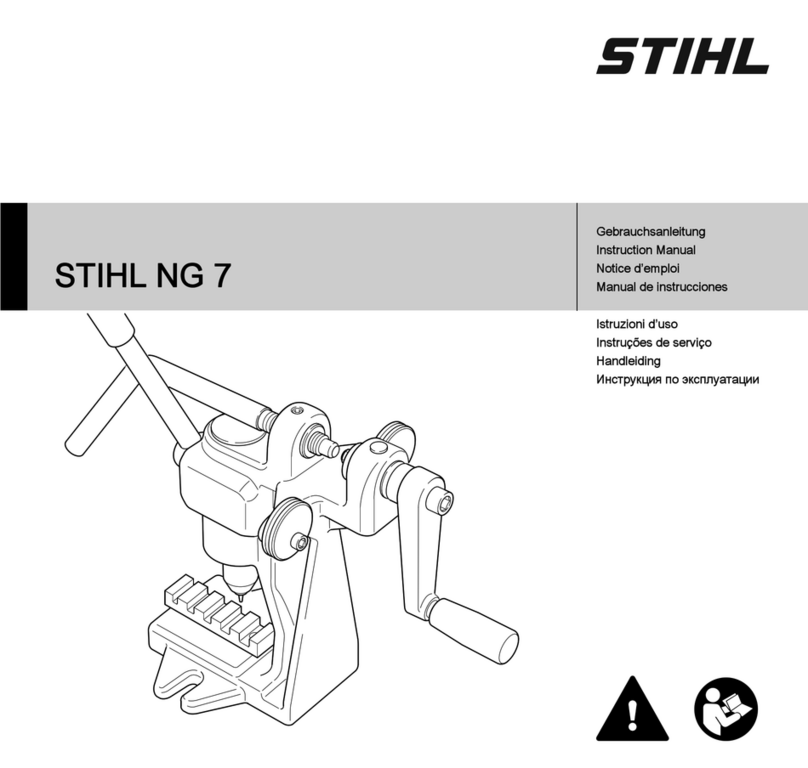
4. Preparing the Brake Pipe
Important: ALWAYS ensure that the brake pipe is
correctly prepared before aring.
• The end of the pipe MUST be cut square.
• The outside edge of the pipe must be
champfered by approximately 0.25mm at 45°.
• The bore of the pipe must be deburred.
• If the pipe is plastic-coated, remove at least
3mm from the end of the pipe to be ared,
ensuring that the pipe is not scored and that no
metal is removed while doing so.
Important: DO NOT use an abrasive cloth on the end
of the brake pipe to be ared.
– 3 –
Flare type Pipe diameter OP.1 punch OP. 2 punch Die Die part
reference
SAE Convex 3 ⁄ 16" 1N/A 3 ⁄ 16" SAE (C1)
1⁄4" 2N/A 1 ⁄ 4” SAE (D)
5⁄ 16" 3N/A 5 ⁄ 16" SAE (E1)
3⁄8" 4N/A 3 ⁄ 8” SAE (F)
8mm 3N/A 5 ⁄ 16” SAE (E1)
113°–117° DIN Convex 4.75mm 6N/A 4.75mm DIN (C2)
8mm 3N/A 8mm DIN (E2)
SAE Double 3 ⁄ 16" 17 3 ⁄ 16” SAE (C1)
1⁄4" 27 1 ⁄ 4” SAE (D)
5 ⁄ 16" 38 5 ⁄ 16” SAE (E1)
3⁄8" 48 3 ⁄ 8” SAE (F)
4.75mm 17 3 ⁄ 16” SAE (C1)
8mm 38 5 ⁄ 16” SAE (E1)
6. Flaring Reference Chart
5. Product Care and Disposal
• Clean the product of any dust or debris before
and after each use.
• Replace any punch that shows signs of damage
or excessive wear.
• Keep the inner faces of the die lubricated when
not in use to avoid corrosion.
− Clean the die of oil before use to prevent the
die from slipping while it is in the clamp.
• Remove all dies from the die clamp and loosen
all joints before storing the product.
• Before storing the product, wipe it thoroughly
with a lightly oiled cloth to prevent corrosion of
the exposed metal parts.
• Store the product in a clean and dry
environment, out of reach of children.
• At the end of its working life, dispose of the
product responsibly and in line with local
regulations; recycle where possible.
